I went from being a bad putter to a good putter after adopting and applying the advice you’ll find below.
It’s not hard to learn how to putt in golf. I promise. Apply a few basic principles consistently. Practice effectively. You’ll get there faster than you think.
In this guide, I’ll tell you the main tricks I’ve learned from the greats and from trial and error here so you don’t waste time and strokes at the course.
First things first. How to grip your putter for comfort and effectiveness.
Learning to grip your putter is easy and shouldn’t be mucked around with once you find a comfortable grip. Don’t mess with it unless you develop the yips or you lose an arm.
There’s no one right way to grip a putter. Most of what you see out there is or is a variation of the reverse overlap grip. I’ve used the reverse overlap since I started playing. The main change I’ve made is going to a fatter putter grip in the last seven or eight years.
Below is a VERY basic tutorial on the reverse overlap putting grip. (since it’s the one I know)
- Place your left (for right-handers) hand near the top of the putting grip letting the grip run down the crease in your hand and rest just under your first knuckle of your index finge.r
- Loosely wrap your index finger around the left side and underside of the grip. Gently rest your thumb on top of the grip.
- Place the lifeline of your right hand over your left thumb which is already sitting on the top of your putter grip. Your right thumb can run down the middle of the grip of just left of center.
- Gently wrap the fingers of your right hand around and under the grip.
That’s it. You should now have a solid and comfortable putter grip.
Your putter grip is good to go as long as it helps you deliver the putter face square to the ball on you target line, is comfortable, and is repeatable.
Setup and Correct Posture for Putting comfortably and effectively
Comfort and repeatability. (theme noted) You won’t be able to practice for long if you aren’t comfortable and you won’t make putts consistently if you can’t repeat your setup.
I’m in favor of neutral (straight) lines and a neutral setup for putting. This means you will set up with your feet, shoulders, and hips parallel to the start line of your putt.
Ray Floyd and Dave Stockton suggest setting up a bit open. You may end up there but start by setting up square. You can always adjust your setup if need be after you get more experience under your belt.
Fact is, you are going to play around with this during your golfing life. We all do.
Here we go: Thanks to Mike Malaska for help with these instructions.
- Set your feet shoulder-width apart with your golf ball just forward of center of your stance. About where you would play a mid-iron.
- Take your putter grip and hold your putter in front of you with your elbows bent and lightly touching your sides. Your putter should be parallel to the ground.
- Bend forward from the hips slightly slightly, and bend your knees until your putter sits flat on the ground immediately behind the ball. (There should be a straight line from your elbows, through the putter shaft, to the ground)
- Your hands and the putter handle should hang naturally and comfortably under your shoulders and your eyes should be over the ball or just inside.
Practice your grip and setup as often as you need so they are ingrained.
Ok, your grip and setup are now solid. Or, on the way to being solid.
Build an Effective and Reliable Putting Stroke
There are basically two ways to putt, but everyone is on a continuum:
- Putt on an arc. (Phil Mickelson and Tiger Woods style) Not too shabby. Putting on an arc is more natural, but does require a bit more timing or hand-eye coordination
- Putt straight back and through. (Dechambeau or Steve Stricker) It is more artificial because our bodies don’t really move in a straight line, but it is thought to be more reliable.
Note: Putting straight back and through is a bit of an illusion. You will putt on a slight arc no matter how much you try to avoid it. One way is just more pronounced and intentional.
The best putting stroke is the most natural putting stroke because is it the most repeatable putting stroke, in my mind. So, put me down as somewhere between #1 and #2 above.
All that being said, do not Try to putt on an arc. Let that happen naturally.
Need a little help with that stroke? The Wellstroke has been amazing for my putting stroke.
Here are 2 great methods for finding your best putting stroke
1)Get in your setup with your putter – no ball – and lift the putter just off the ground so it hangs freely and you can feel its weight.
Your grip should be firm enough to keep the putter from flailing around, but not tight. Your hands and wrists are “quiet.” They are just holding on the the putter.
Now, rock your shoulders back and forth without manipulating the putter with your hands and wrists. You will find there is a natural slight arc created by this motion.
2)Again, get in your putting setup, but without your putter. Let your arms hang down under your shoulders naturally.
Put your palms together and, without tension, rock your shoulders back and forth. You will notice a slight arc in this motion.
This may be easier because there is not putter to manipulate and you will be able to better feel your big muscles powering the stroke.
If you set up correctly with your putter square to your target, you are likely to hit your putt down your target line. This is why it is SO important to keep your hands quiet throughout the stroke.
There’s going to be a point in both these strokes where the putter is going straight down your target line. That is where the ball should be placed.
These two putting drills will reveal your best putting stroke and one that will be easiest for you to repeat.
How to Control the pace and distance of your putts
In short, it’s easier to control the pace and distance of your putts by changing the length of your stroke, not by the effort applied.
It will take time on the practice green at your course and/or on your putting mat at home to learn your pace and distance. There’s no substitute.
You can practice putting on your carpet, or, even better, get yourself a top-quality golf putting mat for your house. I did and it has changed my putting game.
Buying a mat certainly isn’t required, but buying one allows me to practice every day I’m home. And, I do without fail. I got the Wellputt and I highly recommend it.
How to be a consistently good (maybe great) putter
Be quiet. No, I’m not talking about your pie hole. Do not move anything but that which should be moved during your putting stroke.
- Namely, your shoulders, upper body, arms, and, by extension, the putter.
Everything else stays “quiet”.
Rock your shoulders gently back and forth around a stable center point. There should be zero swaying of your body in your putting stroke. Meaning that your body is not moving away from the hole in the backstroke nor toward the hole in the downstroke and through stroke.
Watch any mid to high-handicap (even me sometimes) putt and you will plenty of examples of non-quietness during a putting stroke.
Here are some things I’ve found helpful with keeping my body quiet while putting.
1) Do not look up to watch your putt roll. Especially inside 10 feet. It is hard, very hard, to time this so you aren’t affecting your stroke by moving your body.
I’ve found keeping my head down during my putts pays off immediately when I remember to do it. I can almost guarantee you will hole more putts the first time and every time you try it.
- Maybe count to 2 Mississippi for putts over 10 feet before you peek.
- You will want to look up at some point to see how the putt breaks at the hole if you miss it.
2) Practice putting with your sand wedge. This drill is highly effective in teaching you to keep your body quiet during your stroke.
- I found this drill earlier this year, and it’s a game-changer. I can’t make decent contact and get the ball rolling if I’m not dead still when I practice putting with my sand wedge.
What to do next?
Now that you know how to putt, its time to read my best putting tips for holing more putts the next time you play.

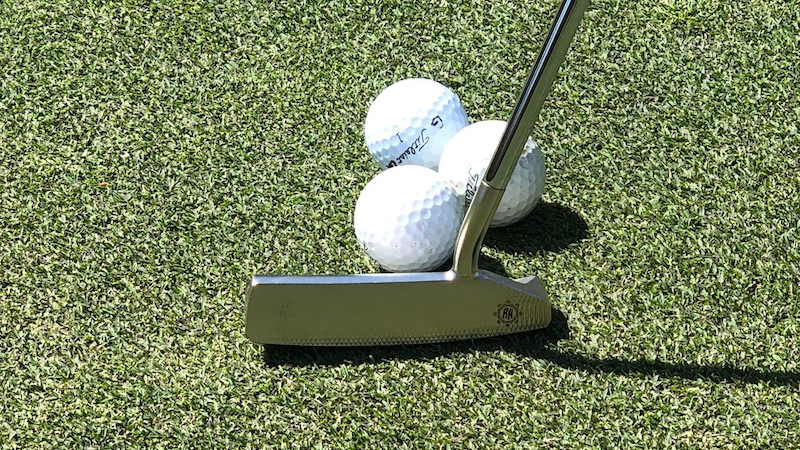
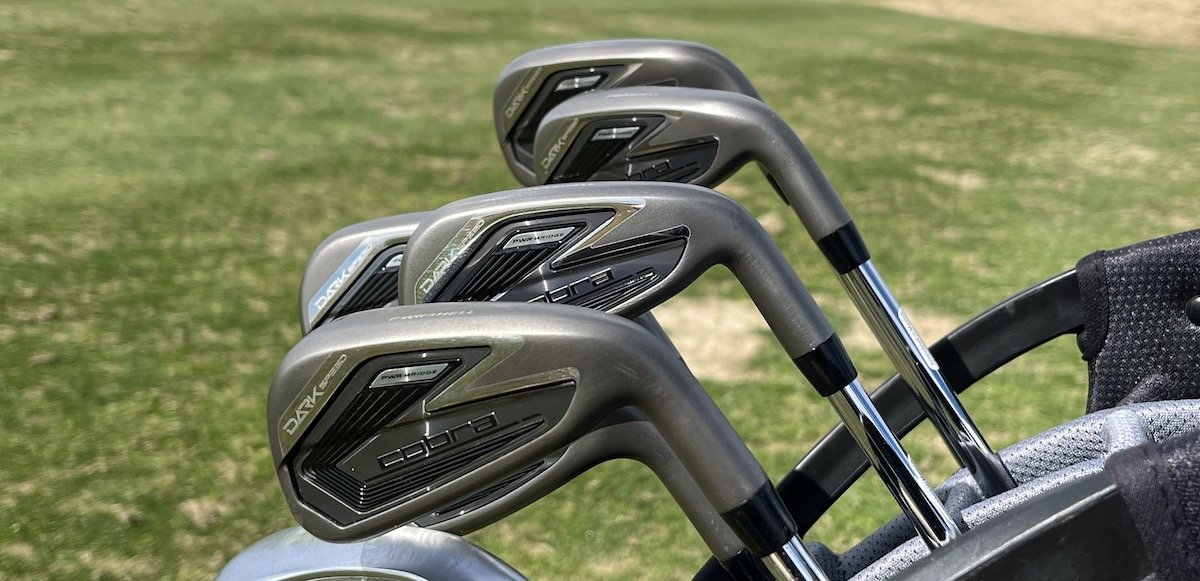
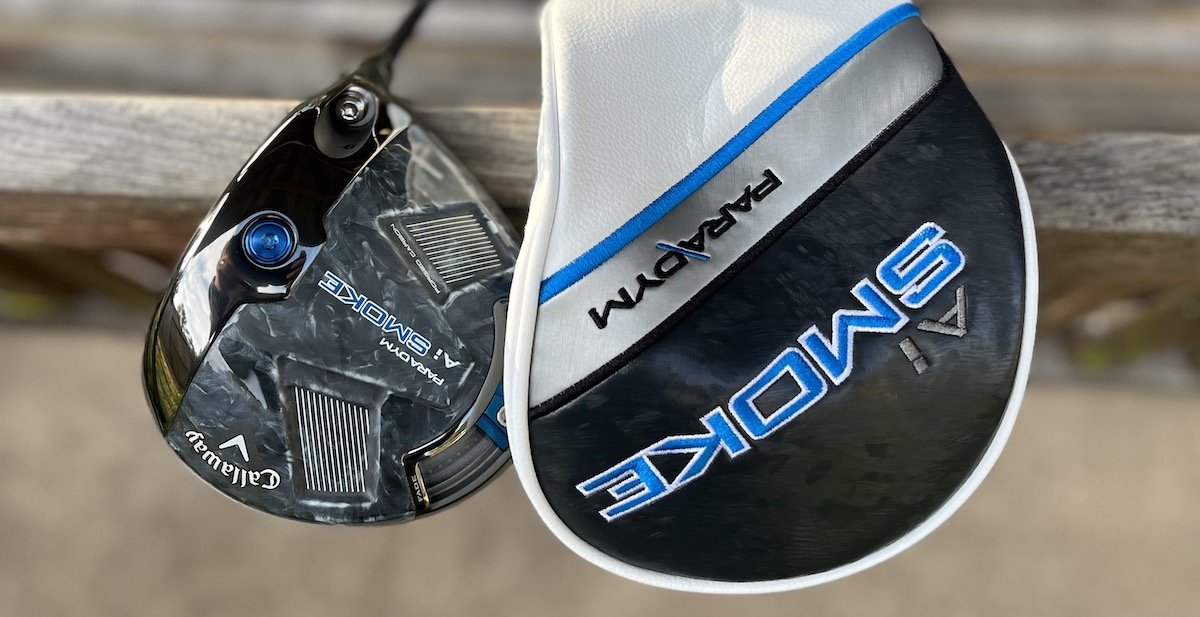


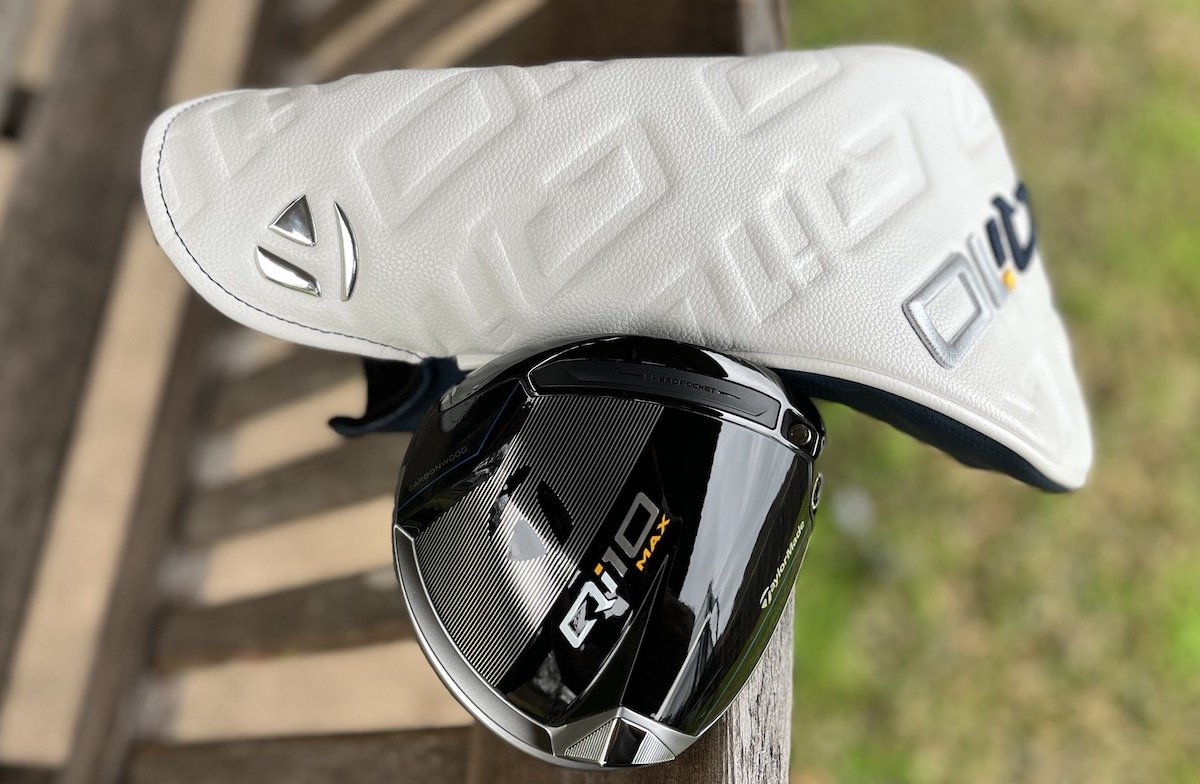
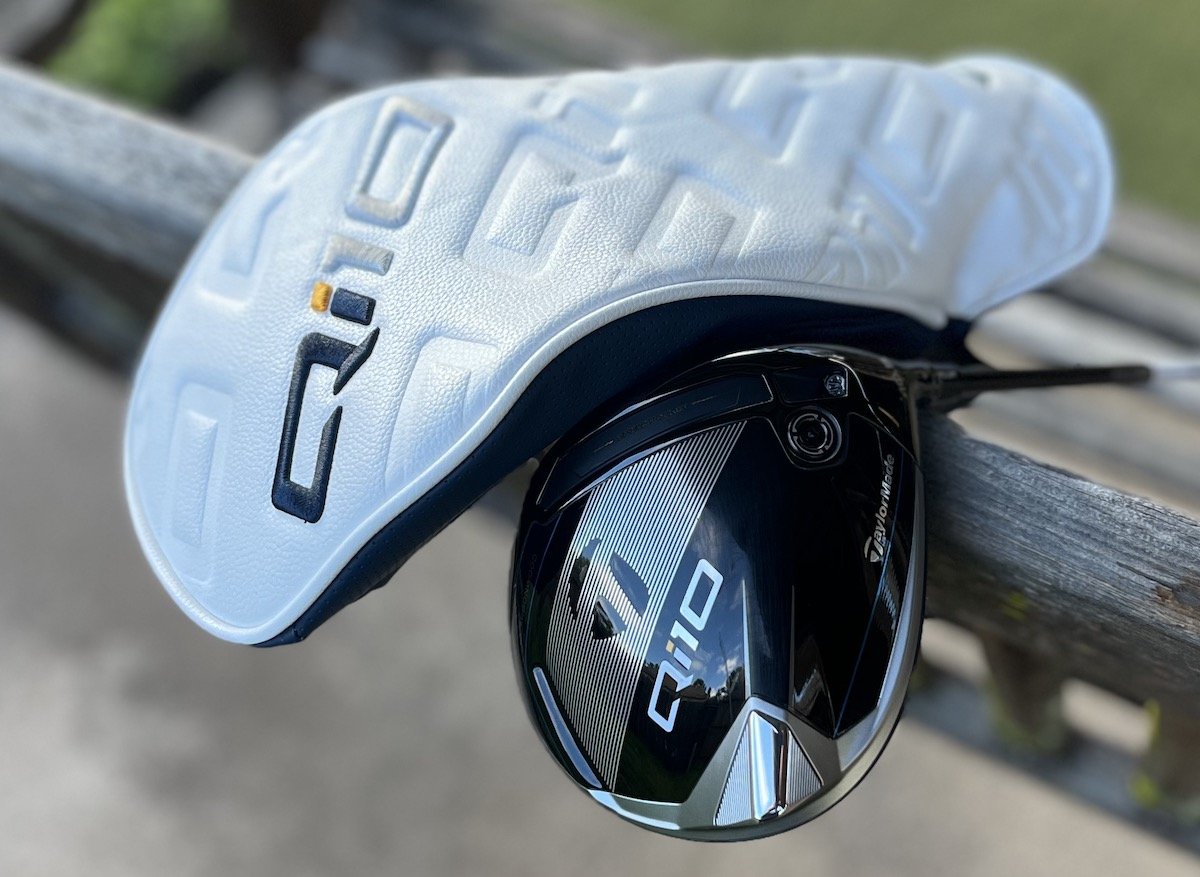




Great tip Jamie !! Thanks. Very simple and basic – makes sense, and I get results when I follow your advice.
I found a cool app on the Apple app store, if you’re interested. It’s called SmoothSwing. It has a GPS rangefinder with some added features including an awesome shot tracer just like you see on TV. Very useful and fun.
Keep up the great work and thanks again
Dave
Thanks, Dave